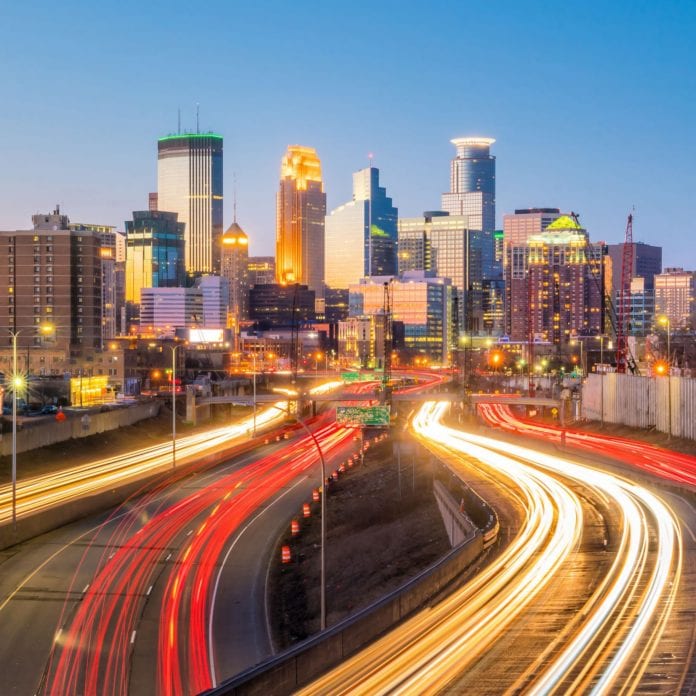SRG gives a glimpse into the Verizon 5G network and performance in Minneapolis
With the launch of Verizon’s mobile 5G network in two cities and one smartphone that can access the network, the first rounds of testing — both user tests and more formal testing — are starting to emerge.
On Twitter, posted speed test screen shots on the 5G network run in the hundreds of megabits per second, from the 400s to as high as around 825 Mbps. However, coverage does appear to be quite limited, based on published reports, and the Moto z3 device with a 5G mod attachment often (and apparently seamlessly) falls back to LTE. Verizon has said that its early 5G customers “should expect typical download speeds of 450 Mbps, with peak speeds of nearly 1 Gbps, and latency less than 30 milliseconds.”
For more technical analysis, Signals Research Group has put out a few high-level numbers from its testing of the network, which started yesterday and runs through April 10.
“Saying we have meaningful results now is akin to claiming victory after the opening kickoff,” SRG noted, with its customary dryness — but nonetheless released a few figures from its day-one testing in Minneapolis. SRG was able to get 5G NR total data downlink speeds of 676.6 Mbps on average, with a peak speed of 909.4 Mbps — so there’s that “nearly 1 Gbps” Verizon is claiming.
Verizon launched 5G New Radio (Nonstandalone) at 28 GHz with 400 megahertz of TDD spectrum — which doesn’t include the LTE anchor carrier, SRG said. Based on its initial survey, the firm estimated that there are close to 100 5G nodes in downtown Minneapolis, although it had yet to confirm how many of those were on-air. Each node has two Ericsson AIR 5121 5G radios, according to SRG.
Verizon provided SRG with two Motorola z3 smartphones, two of the 5G Moto Mods and SIM cards, as well as “some additional clarification on where we could find 5G NR coverage in the two cities” — although the firm noted that “we had already figured out Minneapolis” (where SRG is headquartered). Otherwise, Verizon wasn’t involved in the testing, SRG said.
SRG noted that it did not conduct an uplink data test, because at this point, LTE is the sole carrier of uplink user plane traffic. It went on to say that “given that Release 15 is really focused on [enhanced mobile broadband] and that Verizon is using NSA with the LTE core network, we did not measure latency since we wouldn’t expect any meaningful differences compared with LTE. The ultra-low latency values will only emerge with Release 16, a standalone network architecture with a 5G core
network, and mobile edge computing, or bringing the data content closer to the user.” That jibes with Ookla speed test results from The Verge’s Chris Welch, who reported latency for a network ping running between 20 and 30 milliseconds; those are LTE-level latency rates, rather than the lower latency expected of 5G at its full potential.
SRG said that its test tools included:
-Accuver Americas’ XCAL-M for collecting chipset diagnostic messages, and its XCAP post-processing software for data analysis.
-Rohde & Schwarz’s TSME6 network scanner, with its TSME30DC downconverter in order to measure LTE and the 5G NR at millimeter wave simultaneously, including 5G NR beams for the entire 400 megahertz as well as MIB/SIB/Layer 3 messages.
-Spirent Communications’ Datum Mobile for high-bandwidth data transfers and its Umetrix platform to analyze video quality.
SRG plans to publish a detailed account once its testing and analysis is complete.

